Service dogs: description, breeds and content
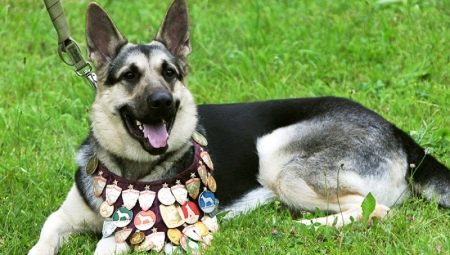
Once upon a time, a man tamed a wild dog to guard the home and help in the hunt. Centuries have passed, and the function of the best friend has practically not changed, moreover, his range of activities has significantly expanded, many service breeds have been bred.
Since ancient times, living conditions have undergone a number of serious changes, the way of human life has changed. Many are impressed by the intelligence and poise of service dogs. However, not everyone realizes that they require special handling.
Therefore, before choosing a pet, you should pay attention to the nuances in keeping and raising these pets.
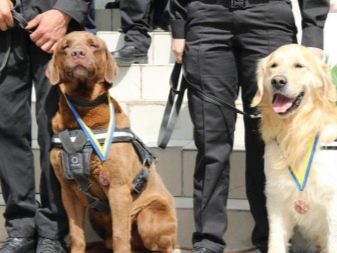
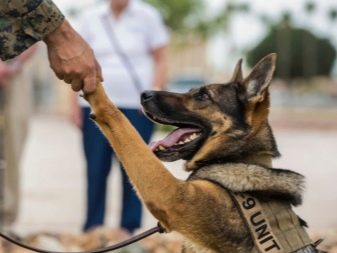
Features and purpose
The overwhelming majority of dogs of service breeds are large, powerful dogs, the power of which can be used in absolutely any field of activity.For example, guard dogs guard important industrial and railway facilities, warehouses, bridges, houses and apartments. These are brave, spiteful and distrustful dogs with good hearing and excellent sense of smell.
Shepherd dogs, Rottweilers, Moscow watchdogs and Airedale terriers are considered ideal guards.
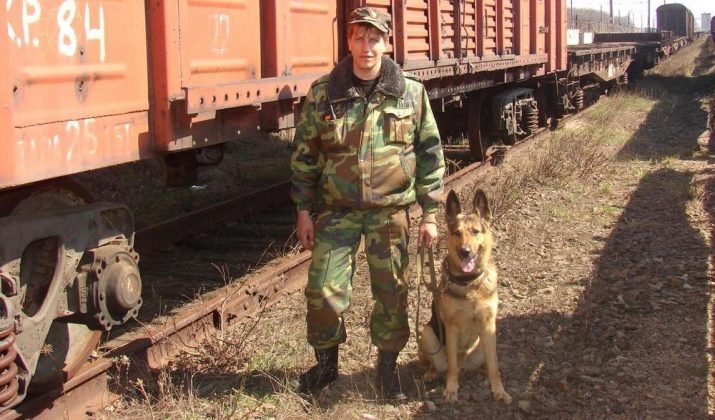
Similar breeds are used in military service, with their help, search activities are carried out. Sniffer dogs serve on the border, help fight crime, guard state property. It is common for border dogs incredibly keen sense of smell, which allows not only to detect, but also to distinguish more than two thousand odors.
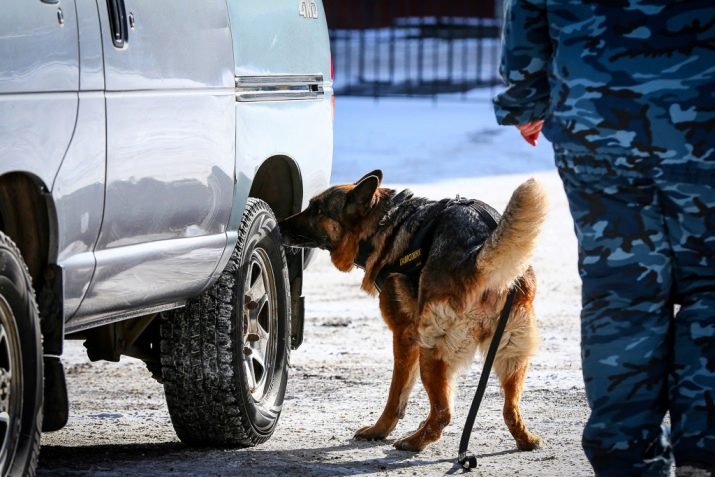
Watch dogs patrol the territory, search the area for illegal entry into the territory of people or planted foreign objects. These dogs also work on explosives, weapons or drugs. Not a single inspection at a train station, at an airport or at customs can do without them.

Dogs with a calm character, a balanced nervous system and a keen instinct have been used for search and rescue operations of the Ministry of Emergencies. As a rule, these are strong, hardy animals like St. Bernard, Newfoundland, French or German shepherd, collie or Nenets husky.

Huskies and huskies have similar characteristics, which are used as sled dogs, because they have to transport people or goods over snow and ice over long distances. On average, they cover a distance of 70-80 km - and this is just a day.
As a distinctive feature, one can call their unpretentiousness in care and feeding.
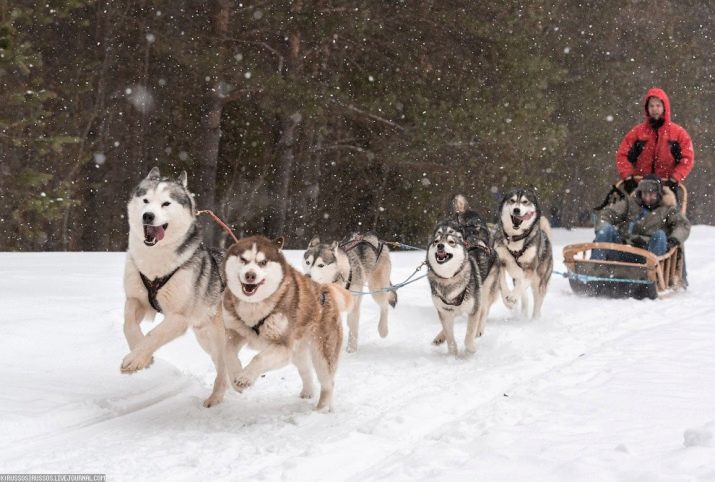
Shepherd dogs are characterized by an innate hatred of wolves and excellent watchdog qualities. These dogs independently protect pastures from predators and prevent cows, goats or sheep from fighting off the herd. If the animal is lost, the dog will independently find it and bring it back.
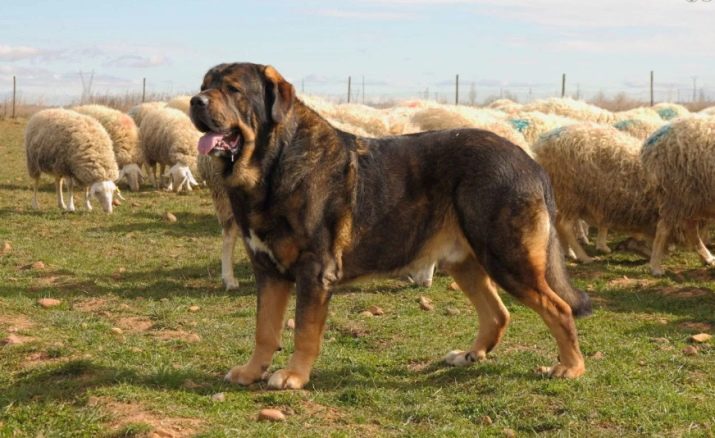
A separate category is allocated hunting dogs - greyhounds, huskies, hounds, cops and spaniels. Terriers and dachshunds are used to hunt burrowing animals. Every hunter is characterized by a keen flair, courage, endurance and strength. Well, hunting skills are formed in the process of long-term training.
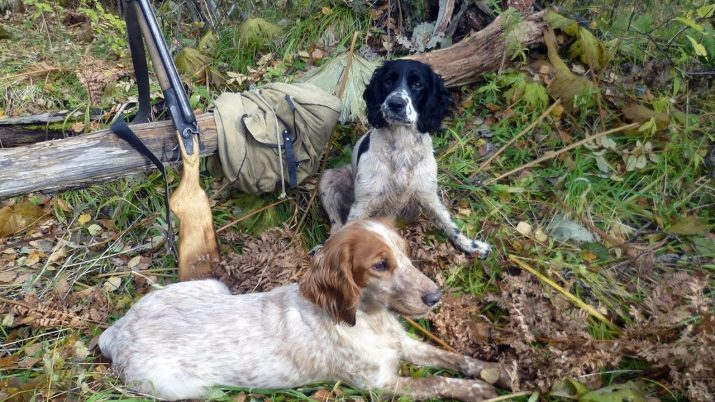
If the owner is not going to train the pet in a certain profession, but he wants to get a service dog as a protector and friend, he should pay attention training. The dog needs to know basic commands and obey your master unquestioningly.
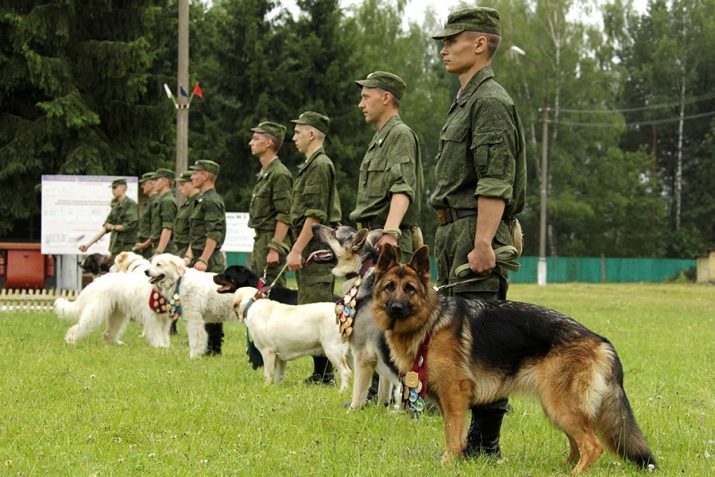
Varieties
Before choosing a friend, it is worth learning more about the varieties and character traits of specific breeds. Let's make a reservation right away: this will not be a list of service dogs, but a description of the names of the most common breeds.
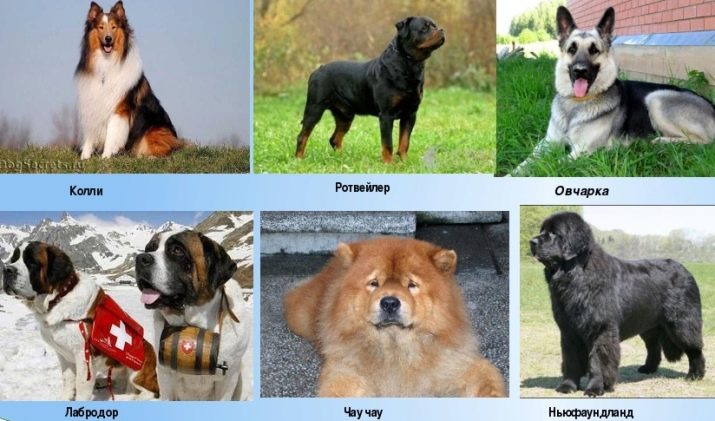
Large dogs
The most popular of this category are German, East European, Caucasian, Karst, Belgian, Scottish, French or White Swiss Shepherd Dogs. These dogs are the best in any field of activity.
They serve at the border, search for explosives and drugs, work in the police and customs, guard warehouses, and take part in search and rescue operations.
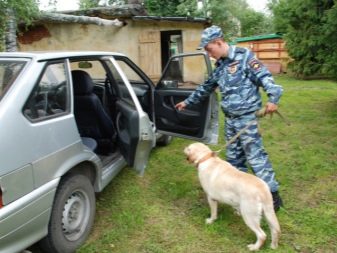
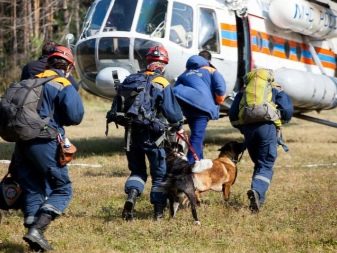
By nature, these are active, cheerful dogs that do not like to sit around.
If you have to leave your pet alone for a long time, you should find something to do for him. It is best to entrust him with the protection of a bag, sofa or laptop. The animal will not be bored, and the accessory, furniture or equipment will be in excellent condition upon arrival.
Shepherd dogs get along easily with other pets, especially if they grew up with them. They become babysitters for small children and willingly take part in games. A properly trained dog will never show aggression, but she does not like strangers. Therefore, the shepherd may not be very hospitable to meet the guests who have come.
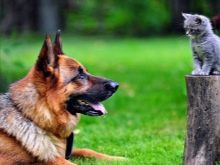
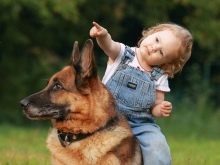

Similar character traits have cane corso and english bullmastiffs Are the largest representatives of service dogs. They look intimidating, but in the hands of the owner they are obedient animals, good playmates and reliable defenders.
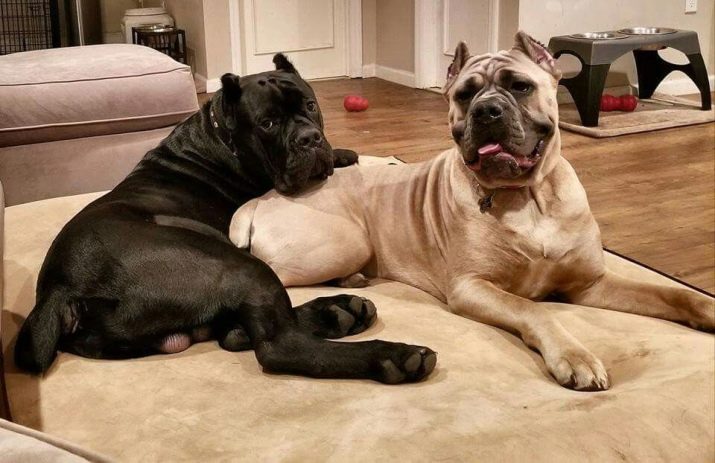
Phlegmatic St. Bernards and calm Newfoundlands are kind, intelligent, fearless and endlessly loyal to their master dogs. They are completely uncharacteristic of aggression, so they will not become good guards and watchmen. However, their colorful appearance in itself scares away hooligans and robbers.
Thanks to good nature, rescuers easily get along with children of any age, willingly look after them and take part in games.These dogs have a developed self-esteem, they will not attract attention with indecent antics. But if the owners are not nearby, the dogs will be very homesick.
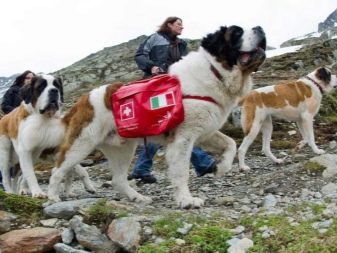
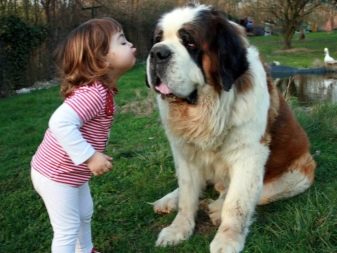
The only drawback of Newf and St. Bernard is their long coat, which requires careful daily grooming. The dog must be combed out every day, and brush after each walk to remove street dust and dirt. Only then will these long-haired beauties have a presentable appearance.
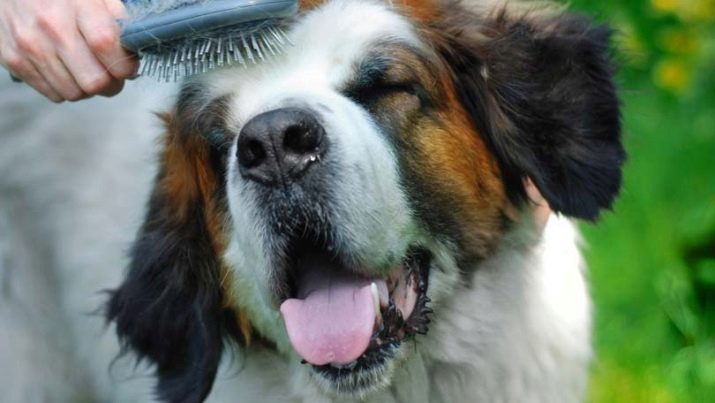
Keeping large dogs in a city apartment is very difficult. They feel better in a country house. If you don't have one, you should pay attention to medium-sized service dogs.
Medium sized dogs
These include german boxer with a balanced nervous system and a cheerful character. Boxers love to play and fool around, while they are distinguished by great strength and endurance. They easily get along with all household members, become good friends for young children and reliable guides for people with disabilities.

Boxers are fearless, but strangers are suspicious. They do not tolerate separation from the owner, it is difficult for them to remain alone. With proper upbringing, they are very calm at home, but on the street they can bully other four-legged. Therefore, a boxer must be taught from puppyhood to communicate with his own kind.
Dobermans and Rottweilers have similar traits. Energetic, decisive and vigilant dogs are loyal to their owner, they are distrustful of strangers and do not welcome guests. They are happy with the company of children and yearn alone.
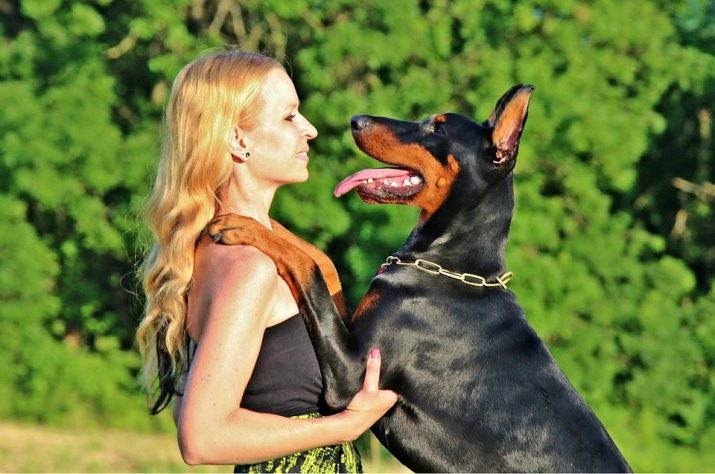
Another popular breed is considered American Pit Bull Terrierdespite the disgusting reputation the media has created as a killer dog. After all, these muscular monsters have a playful character, love the company of children and often become caring nannies for them.
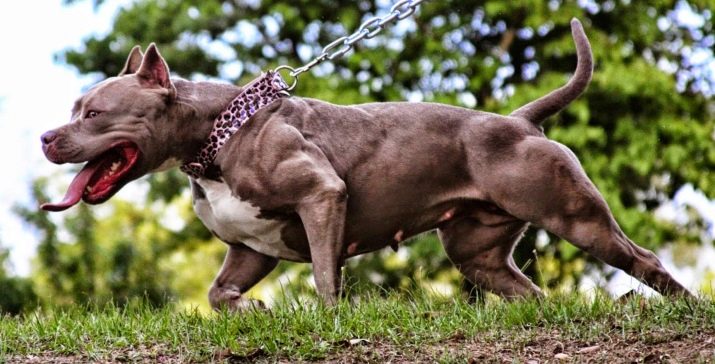
With proper upbringing, the pit bull does not show aggression towards people and easily gets along with other pets. However, this applies only to those pets that live in the same territory with him. The Pit Bull Terrier does not favor strangers' dogs and street cats, so it is better to walk it in a muzzle and on a leash.
Small dog breeds
If living conditions do not allow for large dogs, it is worth looking at small service dogs. These include dachshunds, fox terriers, spaniels or miniature schnauzers. They become excellent companions, sincerely attached to the owner, willingly play with small children, and, if necessary, boldly rush to protect them.
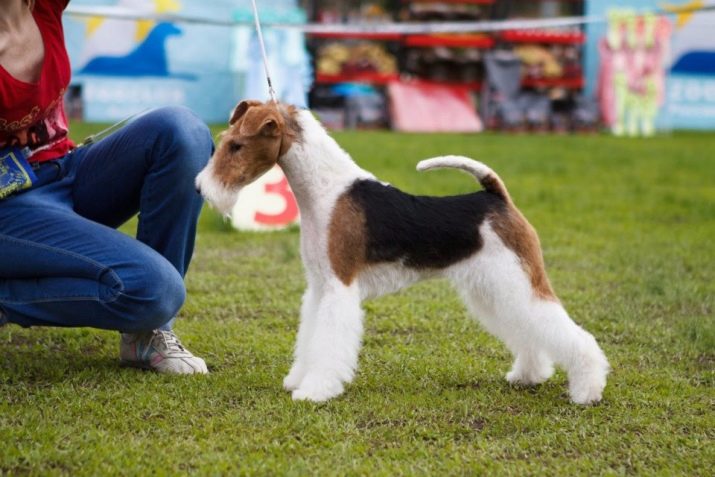
Small service dogs are excellent guards and watchmen. That is why they cannot be started as lap dogs - they need to be raised like a serious big dog. Only then will it be possible to grow an adequate calm animal.
Conditions of detention and care
Regardless of the breed chosen, the maintenance of service dogs requires certain nuances.
- First of all, pets should not be locked in the cramped rooms of a city apartment. Long gatherings in a confined space negatively affect the dog's psyche, so all the doors of the dwelling must be open for them.

- This animal needs serious physical activity with long walks and active games. The duration of the walk should be at least one and a half hours twice a day, and any route must necessarily run through the area where the dog can freely run without a leash.
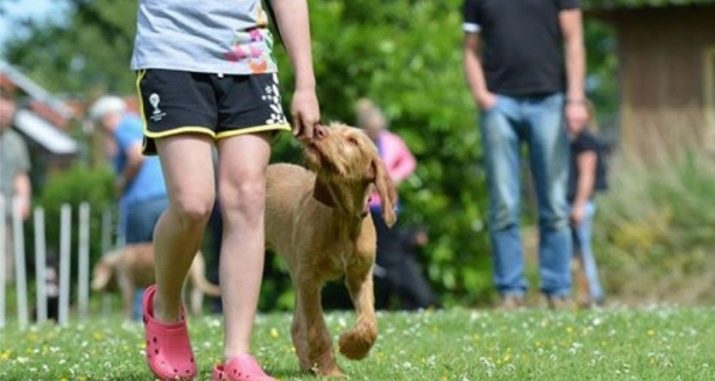
- Dogs must be kept busy even when the owner is absent. Therefore, there is no need to save on toys. It is better to make several sets - for the house, for playing outside and for training. Even walks should be educational and involve learning a new trick or command.
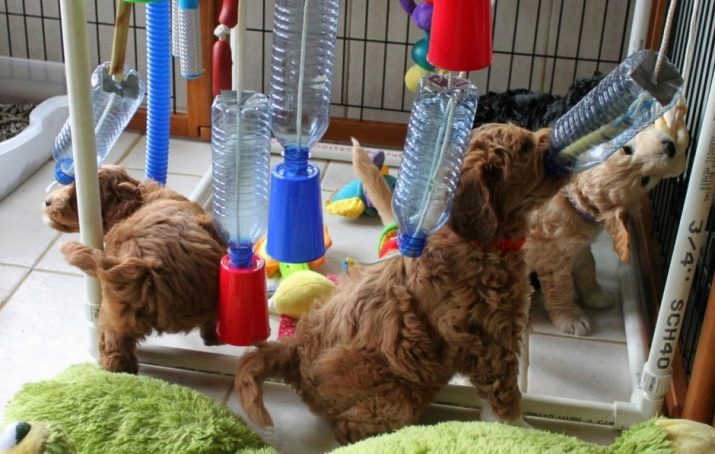
- Despite their seriousness, service dogs are sincerely attached to their owner and do not tolerate loneliness.Inattention is not forgiven - they begin to play naughty and insolent in order to attract attention to themselves.
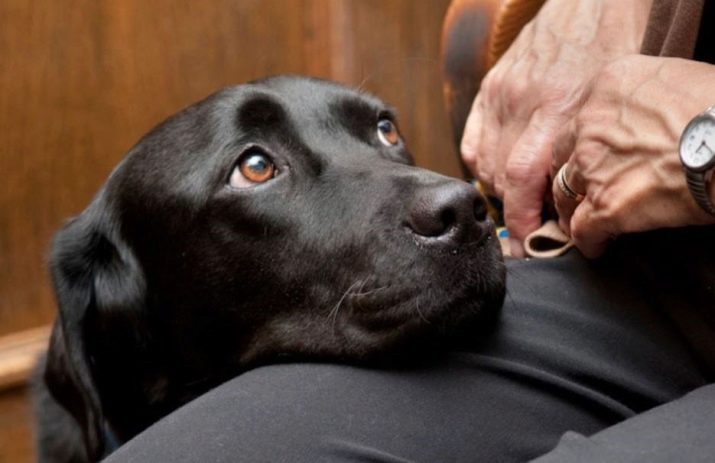
- Taking care of them is easy: just regularly brushing your ears and teeth. To make the dog's coat look healthy, you need to brush it out (for long-haired breeds, you should also get a slicker coat). You need to bathe the dog no more than once every two months, and after walking it should be wiped off with a damp terry towel.
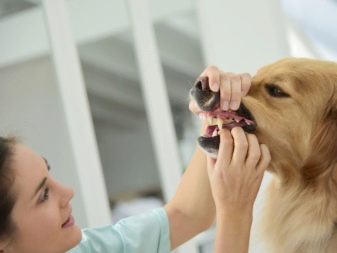
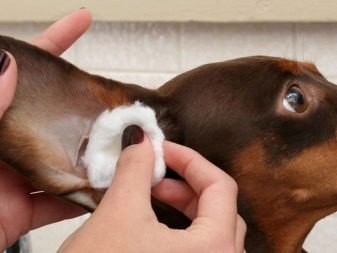
- Each breed has a predilection for certain diseases. In urban conditions, physical inactivity and obesity are becoming the most common problems. An attentive owner should consult with a veterinarian in a timely manner, and as a preventive measure, you need to provide the pet with an active lifestyle and choose a balanced diet for him.

Feeding
It is no coincidence that the diet was mentioned, because with proper feeding, dogs do not gain weight, their appetite is not disturbed. They feel good, look great, and are actively involved in games.
To maintain your pet's cheerfulness, you must observe a certain diet. For example, puppies are fed at least 6 times, grown-up youngsters - 4-5 times a day at regular intervals. During mating, breeding and lactation, bitches are fed 3-4 times a day.

Adult dogs are given food 1-2 times a day. If a service dog works in a certain specialty, it must be fed in the morning and in the evening: two hours before work and one hour after it ends.
As feed you can use how ready-made commercial meals and regular homemade meals. In the latter case, the owner will have to independently balance the diet of his pet, supplement it with vitamins and microelements.

Education and training
From the first months of life, a small puppy is taught to live in a family. The dog must understand that he takes the last place in this pack and even the youngest child is more important than him. This is easy to do: it is enough to strictly suppress all attempts of the growing pet to snarl or growl at the owners and their children.
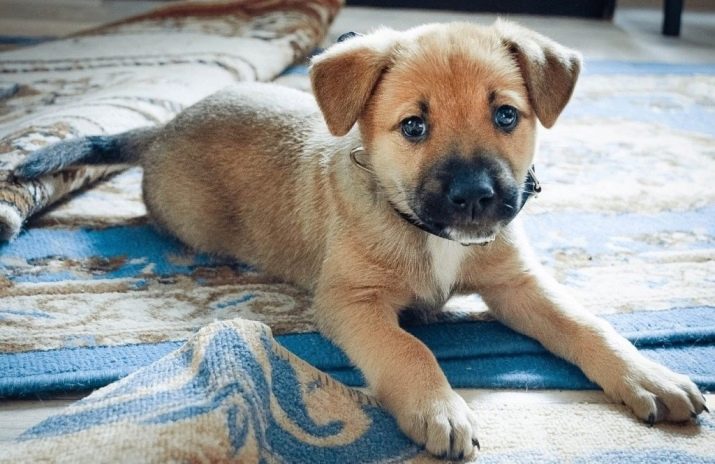
Also, play with biting hands and feet should not be encouraged: puppy fuss is touching, but a hefty dog trying to play with a limb will not cause joy. Do not irritate the dog with a loud cry or an irritated tone. A light click on the nose will make it clear to the naughty pet that the owner is unhappy with his behavior.
And you can not wait until your pet overflows the coast, and channel its energy into a peaceful channel, starting to study the basics of initial training.
- From the first month of life, the dog is taught to be clean.... To do this, put a tray, lay diapers or put a newspaper and take the puppy there immediately after waking up, after active play and 15-20 minutes after eating. When the quarantine ends, the dog is taken outside within the same time frame.
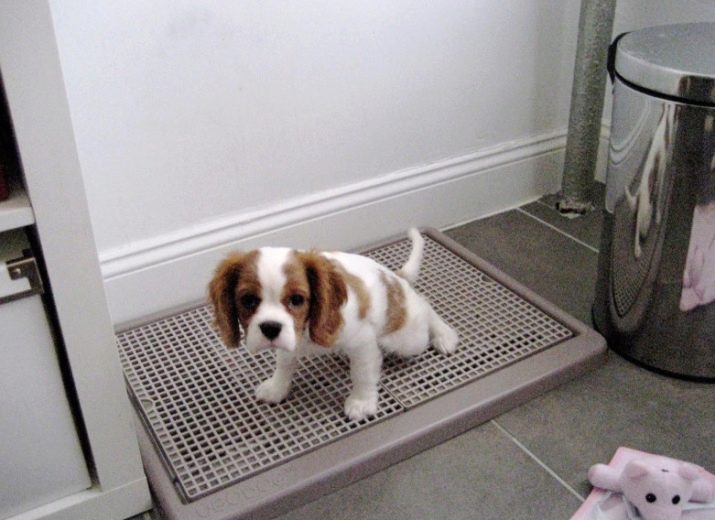
- From one and a half months, the puppy is taught to respond to his name. As a rule, the dog remembers the nickname well if the owner calls him to feed.

- From two months, the puppy is trained to walk on a harness or on a leash and the teams of the so-called general training: “Place”, “Nearby”, “Sit”, “Lie down”, “To me”, “Fu”, “Aport”.
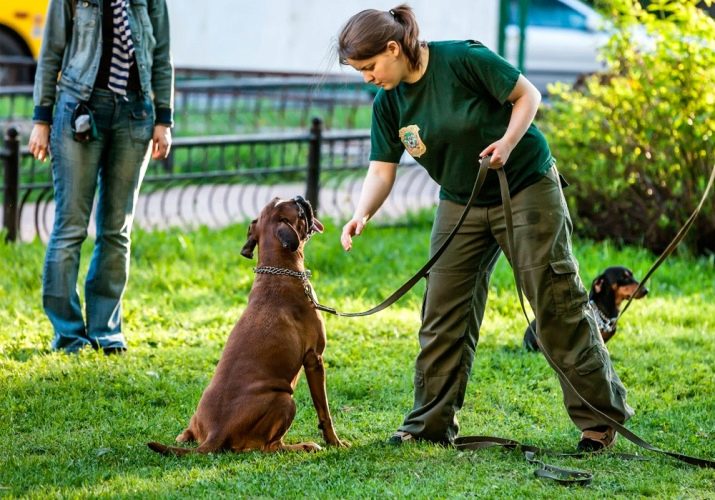
All of these activities help to raise an adequate, manageable dog. If you plan to train her for a specific specialty, you will have to seek the help of a dog handler. The specialist will apply specific methods to train service dogs.
In particular, this is the ability not to be afraid of shots and bright light flashes, walking on a boom and the ability to overcome obstacles.
Sneakers are taught to find things by smell... First, it can be a favorite toy, then - any object with the smell of drugs or chemicals. Snoopers are taught to find money, weapons and ammunition. Today they are even trained to find memory cards and hard drives. Dogs are specially trained so that when a prohibited object or substance is found, they sit down or give a voice.
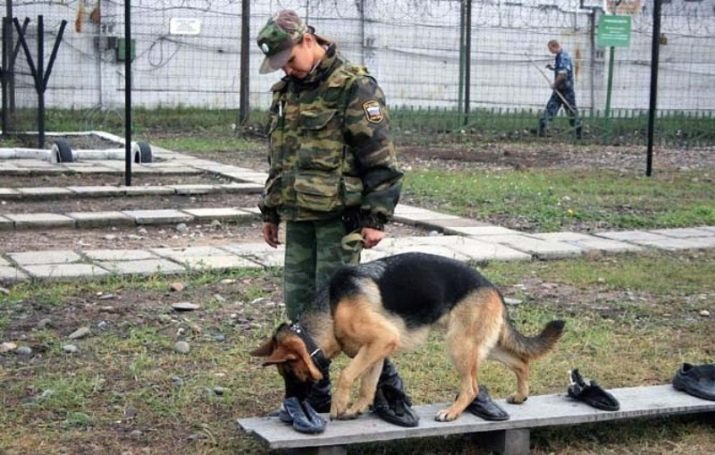
Rescuers are taught how to safely navigate difficult road sections. These dogs will not be afraid of fire, smoke, or the smell of gas. They are taught to look for people both under the rubble and under water. Together with the dog, its owner-guide simultaneously receives the first aid skill, learns to navigate the terrain in any weather conditions using a compass and a map. To confirm his qualifications, he takes an annual exam.
Special dog training methods are used to train guide dogs. These dogs are taught to stop at all objects that pose a danger to the visually impaired person. These are steps, stairs, fences, concrete restraints, low tree branches, etc. The dog continues to move only when the person has given the command.
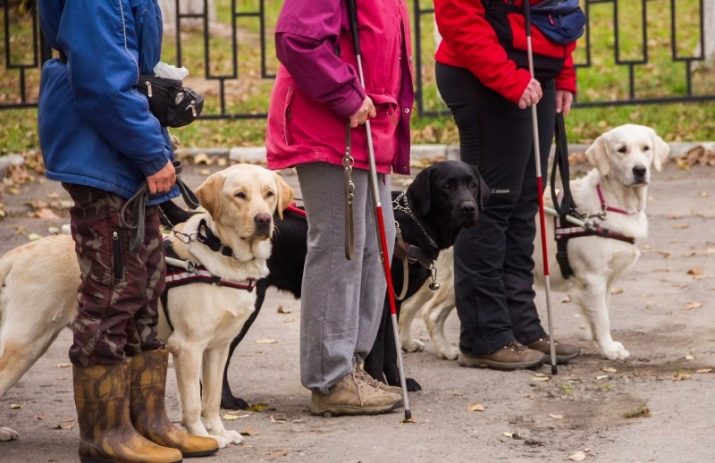
Guides should not be distracted by other dogs, cats and bystanders. These dogs should not be intimidated by busy traffic and sudden sudden noises. They are also taught to memorize the owner's routes: shop, clinic, work, etc. At the same time, dogs are not guards - after all, a watchdog will not allow strangers to approach the owner when he needs help.

Training with the participation of a specialist requires the mandatory completion of homework. This is the only way, through united efforts, to raise intelligent, courageous and selfless dogs.
Suitable nicknames
The name of the dog should be short, euphonious, correspond to the size and appearance of the pet. Agree, it's funny to give a spaniel and a dachshund the nickname Alf or Vityaz, and call the shepherd and St. Bernard a Bagel or a Bow.
A number of experts believe that the name to a certain extent influences the character of the growing protector and friend. If the nickname contains the letters P or F, the dog grows up bold, decisive and independent - excellent traits for a future bloodhound, guard or watchman. The nicknames Thunder, Count, Ray, Alpha (Alpha), Akbar, Gerda, Hera, Daphne are suitable for such pets.

If you plan to cultivate friendliness, complaisance and gentleness of character in the dog, it is worth choosing nicknames for it with the letters L, M, N. For example, Mason, Volt, Antey, Axel, Amigo, Umka, Chingiz - for boys, Alma, Naida, Dana, Nika, Silva, Yanika - for girls.

Dog handlers do not recommend calling dogs by human names in order to avoid resentment and unpleasant misunderstandings. Also, the dog's name should not be in tune with the basic commands, otherwise there will be difficulties with training.
Otherwise, the choice of a nickname is completely up to the owner and his family members. You just need to take a close look at your four-legged friend and treat the matter with a positive attitude.
See below for more details.






































